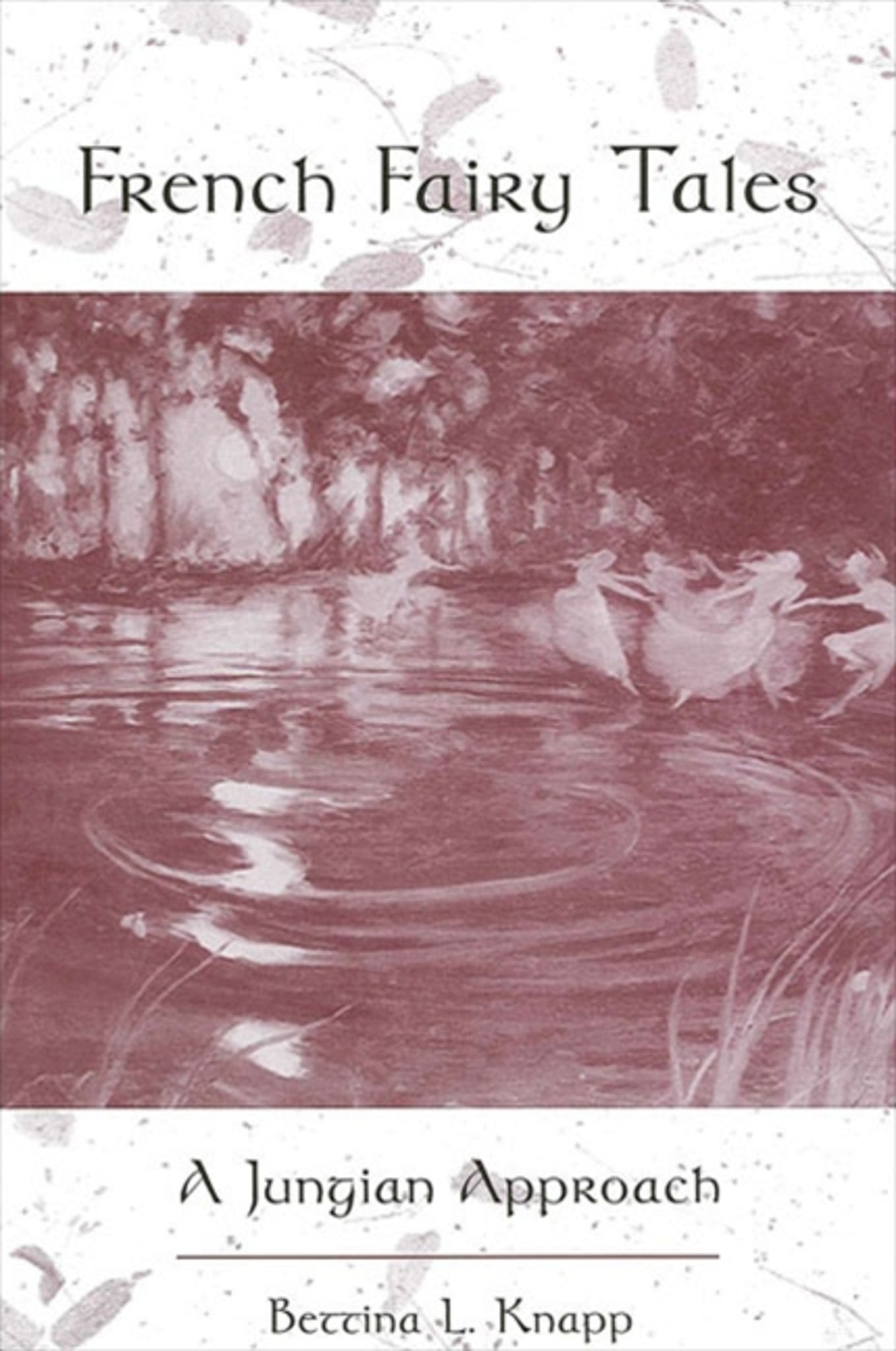We're sorry. An error has occurred
Please cancel or retry.
French Fairy Tales

Some error occured while loading the Quick View. Please close the Quick View and try reloading the page.
Couldn't load pickup availability
- Format:
-
07 November 2002

Offers an analysis of fourteen French fairy tales, from the medieval Romance of Mélusine to Jean Cocteau's film version of Beauty and the Beast, exploring their universal and eternal nature as well as their relevance to modern readers.
Bettina L. Knapp explores the universal and eternal nature of fourteen French fairy tales, including the medieval Romance of Mélusine, Charles Perrault's seventeenth-century versions of Sleeping Beauty and Bluebeard, and Jean Cocteau's film version of Beauty and the Beast. She demonstrates the relevance of these fairy tales for modern readers, both for the psychological problems they address and for the positive resolutions they offer. Through her careful examination of these tales, Knapp shows that people in past eras suffered from such supposedly "modern" problems as alienation and identity crises and went through harrowing ordeals before experiencing some sort of fulfillment. By imparting the age-old wisdom embedded in these works, French Fairy Tales triggers new insights into psychological problems and offers helpful ways of dealing with them.


"Within the area of French fairy tales, I know of no other critical work with such vast chronological range. This is really a trip through the centuries as far as French or comparative literature scholars are concerned. Some of the tales chosen for discussion are original in themselves and have perhaps never been discussed, certainly never this competently: Diderot's The White Bird, Rousseau's The Fantastic Queen, Nodier's The Crumb Fairy, Gautier's Arria Marcella, George Sand's The Castle of the Crooked Peak, and Chedid's The Suspended Heart. The very discussion of these lesser-known tales comes as a happy surprise even to specialists in French literature and is a tribute to Bettina Knapp's encyclopedic erudition and in-depth knowledge of these tales. In other cases, she deals with tales we might think we know well—Perrault's, Maeterlinck's, Cocteau's, for example—but she makes us feel like we are being introduced to them for the first time, so fresh is her approach." — Paul Archambault, author of Seven French Chroniclers: Witnesses to History
Introduction
PART I. THE MIDDLE AGES: FEUDALISM AND "LA SOCIéTé COURTOISE"
1. Melusine: "The Beauty of Things is Fleet and Swift"
PART II. THE SEVENTEENTH CENTURY: "LE GRAND SIÈCLE"
2. Charles Perrault's Multi-Veined Donkey Skin, Sleeping Beauty, and Bluebeard
3. Mme d'Aulnoy's The Bluebird—Metamorphosis, an Unconscious Readjustment
PART III. THE EIGHTEENTH CENTURY: "L'ESPRIT PHILOSOPHIQUE"
4. Denis Diderot's The White Bird—As Holy Ghost/Holy Spirit
5. Was Jean-Jacques Rousseau's The Fantastic Queen Merely a Tongue-in-Cheek Fairy Tale?
PART IV. THE NINETEENTH CENTURY: "LE ROMANTISME"—ESTHETIC AND UTILITARIAN
6. Charles Nodier's The Crumb Fairy—A Sacred Marriage of Sun and Moon
7. Théophile Gautier's Parapsychological Hetaera/Fairy: Arria Marcella
8. Countess Sophie De Ségur's Rosette—A Manichean Merry-Go-Round
9. George Sand's The Castle Of Crooked Peak—The Topography of Memory Manipulation
10. Maurice Maeterlinck's Pelléas and Mélisande—The Dying Complex
PART V. THE TWENTIETH CENTURY: SLAUGHTER/SCIENCE/ SPIRITUALITY
11. Jean Cocteau's Beauty and the Beast—"The Plucking of a Rose"
12. Andrée Chedid's The Suspended Heart—The Mystery of Being
CONCLUSION
NOTES
REFERENCES
INDEX



